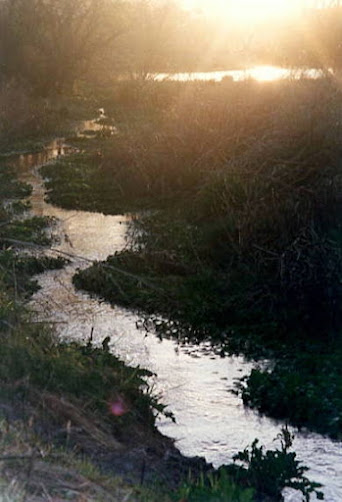Growing Deep Connections with Plants and Nature, part 2
· Give children their own “patch of land”: Perhaps a special little nook that they can transform into a fort, a part of the food garden to grow their favorite veggies or fruits, or just a corner somewhere that they can dig and dig and dig…. Successful gardening with children means giving them some control, letting go of the concept of a completely tidy landscape, and enjoying their enthusiasm and efforts! My favorite garden proverb is “More grows in the garden than is sown there”, and it never holds more truth than when you are gardening with children.
· Add plants for all 5 senses: Super-soft leaves such as Lamb’s Ears are fun to touch and can be used to create comfy little beds for imaginary garden elves. Bronze Fennel has feathery-soft leaves that also taste like black licorice. Hair Grass (Stipa) is feathery-soft and is fun to listen to as it rustles in the wind. Perennials like Japanese Iris and Daylily have interesting pods that are fun to pry open and discover the seeds inside. Calendula, Viola, and Pansies have edible flowers that can be sprinkled over salads to make vegetables more fun to eat. And for kids who love a sweet-and-sour treat, grow French Sorrel, which my camp kids nicknamed “The Sour Lemon Candy Plant” and ate its leaves to the ground every chance they got!
· Plant a tree to celebrate a special occasion in their life: Let them choose the event, such as graduating from preschool, the first day of kindergarten, or a momentous birthday. Try to find a tree that is the same size as they are, plant it together, and then measure and photograph them side-by-side every so often to see how fast each is growing up! A tree “of their own” can be a powerful touchstone in a child’s life.
· Create special features together: Paint a piece of plywood with chalkboard paint, then mount it on a fence or other prominent location in the garden for them to draw plants, insects, worms, and other “garden critters” they see. Build a kid-size scarecrow and dress it in their old clothes, even if you’re not growing corn or have any pesky crows! Paint rocks and garden signs with leftover latex house paint to decorate pathways or identify special plants. Use small tree rounds to make kid-size tables and stools for a super cool “camp zone” where they can picnic, play act, read stories, and more.
· Invite “wild friends” to your garden party: Build a worm bin from a small metal garbage can, heavy plywood, or other rodent-resistant container, then fill it with moistened, fallen leaves or shredded paper, feed the worms once a week with your vegetable and fruit leftovers, and witness the amazing work of these mighty “soil critters” as they decompose it into awesome compost. Fill a big plant saucer with mud to create a “puddling pond” for butterflies. Build a nest box for songbirds, or a birdbath made from a big sturdy saucer, and then watch who comes to use it! Add plants that provide nectar, fruit, or seeds for birds and beneficial insects. It may surprise you with how quiet yet excited children can be when they have the opportunity to observe adult birds raising their young, with the chance of getting to see the first flight of a fledgling. They can also gain more understanding and respect for insects by watching bees pollinate fruits and vegetables, or seeing ladybugs devour aphids. If your garden contains fruit trees or shrubs, an orchard mason bee house is a great “observation station” because these bees are solitary, very docile, almost never sting, and will improve the bounty of your harvest! Having any of these beneficial wildlife in your garden adds such a spark of life and year-round beauty.
No matter what you grow, encourage your children or grandchildren to observe, understand, and interact with all the natural systems that are at work each day in the garden. I think you’ll find that this creates an instinctive sense of nurturing in the hearts of children, and a desire to help you plant, water, mulch, harvest, and/or eat the plants growing there!
Additional resources:
www.birdwatching-bliss.com/bird-house-plans.html
Visit my blog at www.ebishon.blogspot.com, search for the words “Passion Vines” and then scroll down that article for a step-by-step guide to building a puddling pond.
Photo credits:
All photos by Emily Bishton





